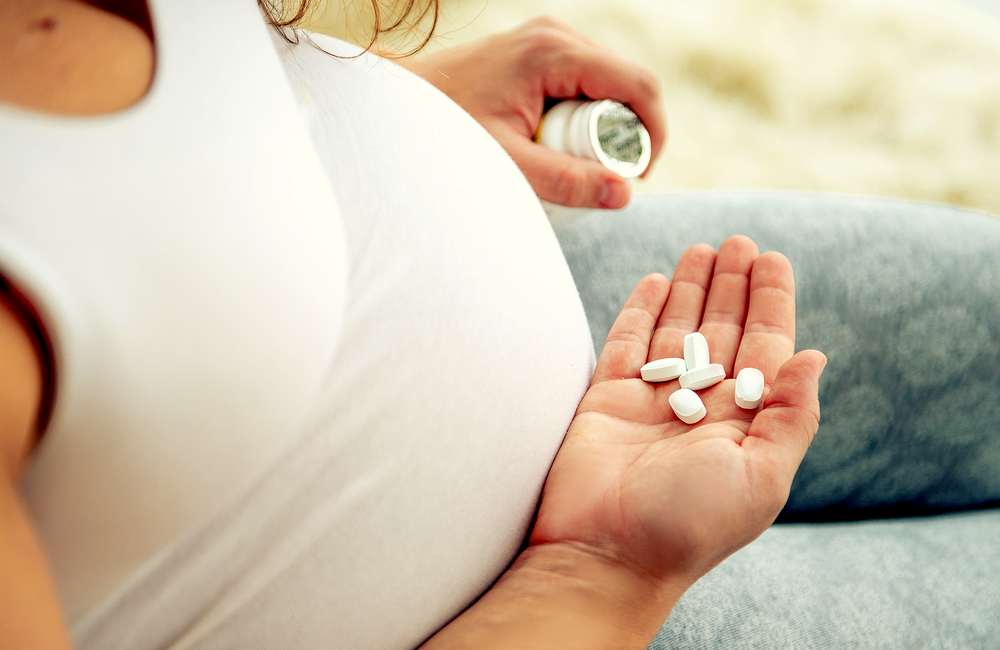 Source: bing.com
Source: bing.comHIV or Human Immunodeficiency Virus is a deadly virus that has claimed millions of lives worldwide. It attacks the immune system and makes the body susceptible to other infections and diseases. One of the biggest concerns regarding HIV is the transmission from mother to child. Can HIV be given to a baby during fetal development? The answer is yes, but there are ways to prevent it.
Table of Contents
How is HIV transmitted from mother to child?
HIV can be transmitted from mother to child during pregnancy, childbirth, and breastfeeding. When a pregnant woman is infected with HIV, there is a risk that the baby can become infected too. The virus can be transmitted to the baby through the placenta, during delivery, or through breast milk. However, with proper medical care and treatment, the risk of transmission can be greatly reduced.
How can the transmission of HIV from mother to child be prevented?
Preventing the transmission of HIV from mother to child is possible with the right medical care and treatment. Antiretroviral therapy (ART) can greatly reduce the amount of HIV in the mother’s blood, which reduces the risk of transmission to the baby. If the mother is on ART during pregnancy and childbirth, and the baby is treated with ART after birth, the risk of transmission can be reduced to less than 1%. In addition, elective caesarean section (C-section) can reduce the risk of transmission during delivery.
What are the risks of HIV transmission to the baby during pregnancy?
The risk of HIV transmission to the baby during pregnancy varies depending on several factors, such as the mother’s viral load, the timing of ART initiation, and the presence of other infections. If the mother is not receiving proper medical care and treatment, the risk of transmission can be as high as 25%. However, with proper medical care and treatment, the risk of transmission can be reduced to less than 1%.
What are the risks of HIV transmission to the baby during delivery?
The risk of HIV transmission to the baby during delivery is higher compared to transmission during pregnancy. This is because the baby can come into contact with the mother’s blood and other bodily fluids during delivery. However, with proper medical care and treatment, the risk of transmission can be greatly reduced. Elective C-section can further reduce the risk of transmission during delivery.
What are the risks of HIV transmission to the baby through breastfeeding?
Breastfeeding can also transmit HIV from mother to child. This is because the virus can be present in breast milk. The risk of transmission through breastfeeding can be up to 15-20%. However, with proper medical care and treatment, the risk can be reduced to less than 1%. In some cases, formula feeding may be recommended to eliminate the risk of transmission through breastfeeding.
Conclusion
HIV can be transmitted from mother to child during fetal development, but with proper medical care and treatment, the risk of transmission can be greatly reduced. Antiretroviral therapy, elective C-section, and formula feeding can all play a role in preventing the transmission of HIV from mother to child. It is important for pregnant women who are infected with HIV to receive the right medical care and treatment to ensure the health and safety of their babies.
Frequently Asked Questions
Q: Can a baby be born with HIV if the mother is on antiretroviral therapy?
A: The risk of transmission can be greatly reduced if the mother is on ART during pregnancy and childbirth, and the baby is treated with ART after birth. The risk of transmission can be reduced to less than 1%.
Q: Can HIV transmission to the baby during pregnancy be prevented?
A: Yes, the risk of transmission during pregnancy can be greatly reduced with proper medical care and treatment. Antiretroviral therapy (ART) can greatly reduce the amount of HIV in the mother’s blood, which reduces the risk of transmission to the baby.
Q: How can a mother with HIV reduce the risk of transmission during delivery?
A: Elective caesarean section (C-section) can reduce the risk of transmission during delivery. This is because the baby is not exposed to the mother’s blood and other bodily fluids during delivery.
Q: Can HIV transmission to the baby through breastfeeding be prevented?
A: Yes, the risk of transmission through breastfeeding can be reduced to less than 1% with proper medical care and treatment. In some cases, formula feeding may be recommended to eliminate the risk of transmission through breastfeeding.
Q: What should a pregnant woman with HIV do to ensure the health and safety of her baby?
A: It is important for pregnant women who are infected with HIV to receive proper medical care and treatment. Antiretroviral therapy (ART), elective caesarean section (C-section), and formula feeding can all play a role in preventing the transmission of HIV from mother to child.
